An emergency team that gets under your skin
1. EXUDATION PHASE
The blood coagulates and, along with the protein fibrin, sticks to the wound as a scab. Leucocytes and macrophages eliminate the fibrin plug and fight bacteria and microorganisms. Macrophages also stimulate the new formation of vessels and tissue and prompt fibroblasts to multiply. These will later form the dermis and give Evonik important insights into the structure of the skin and its ability to heal itself. These insights, in turn, can be used for growing tissue and healing wounds.
1. EXUDATION PHASE
The blood coagulates and, along with the protein fibrin, sticks to the wound as a scab. Leucocytes and macrophages eliminate the fibrin plug and fight bacteria and microorganisms. Macrophages also stimulate the new formation of vessels and tissue and prompt fibroblasts to multiply. These will later form the dermis and give Evonik important insights into the structure of the skin and its ability to heal itself. These insights, in turn, can be used for growing tissue and healing wounds.
Newly formed granulation tissue fills in the wound; fibroblasts adhere to the remaining fibrin network and migrate from the edges of the wound into the wound itself. Here they form collagen fibers, a key component of the skin’s connective tissue. In this way, fibroblasts play a crucial role in accelerating new tissue formation. Evonik hopes to optimize this process: Researchers are looking for materials and active agents that would stimulate cell growth and allow wounds to heal more quickly.
Newly formed granulation tissue fills in the wound; fibroblasts adhere to the remaining fibrin network and migrate from the edges of the wound into the wound itself. Here they form collagen fibers, a key component of the skin’s connective tissue. In this way, fibroblasts play a crucial role in accelerating new tissue formation. Evonik hopes to optimize this process: Researchers are looking for materials and active agents that would stimulate cell growth and allow wounds to heal more quickly.
3. EPITHELIALIZATION PHASE
The collagen fibers mature, forming a network that pulls the edges of the wound together. Granulation tissue converts to scar tissue. Epithelial cells spread across the surface of the wound. Keratinocytes form the new epidermis and complete the healing process. In chronic wounds, however, this process is disrupted, preventing the wounds from healing. This is where artificial skin could help: as a transplant, as a wound dressing or as a laboratory model on which Evonik could test substances for their impact on wound healing.
3. EPITHELIALIZATION PHASE
The collagen fibers mature, forming a network that pulls the edges of the wound together. Granulation tissue converts to scar tissue. Epithelial cells spread across the surface of the wound. Keratinocytes form the new epidermis and complete the healing process. In chronic wounds, however, this process is disrupted, preventing the wounds from healing. This is where artificial skin could help: as a transplant, as a wound dressing or as a laboratory model on which Evonik could test substances for their impact on wound healing.










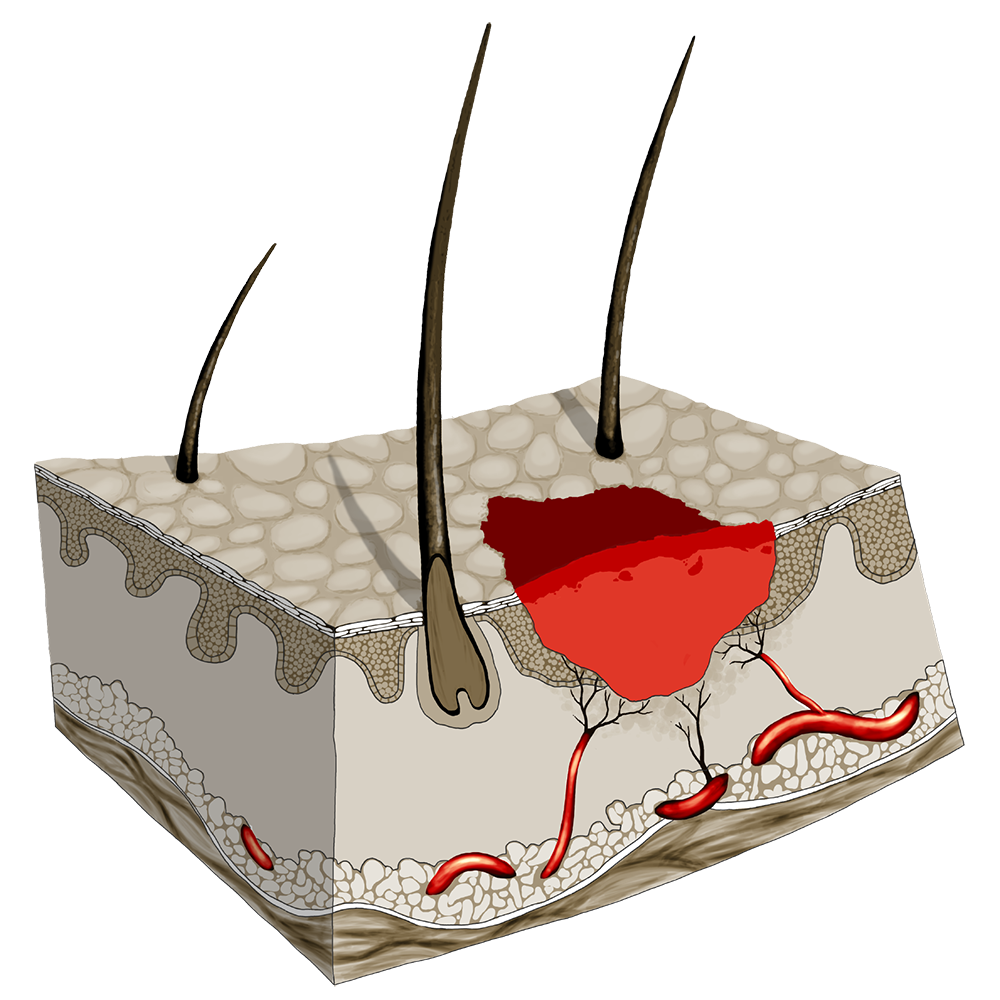



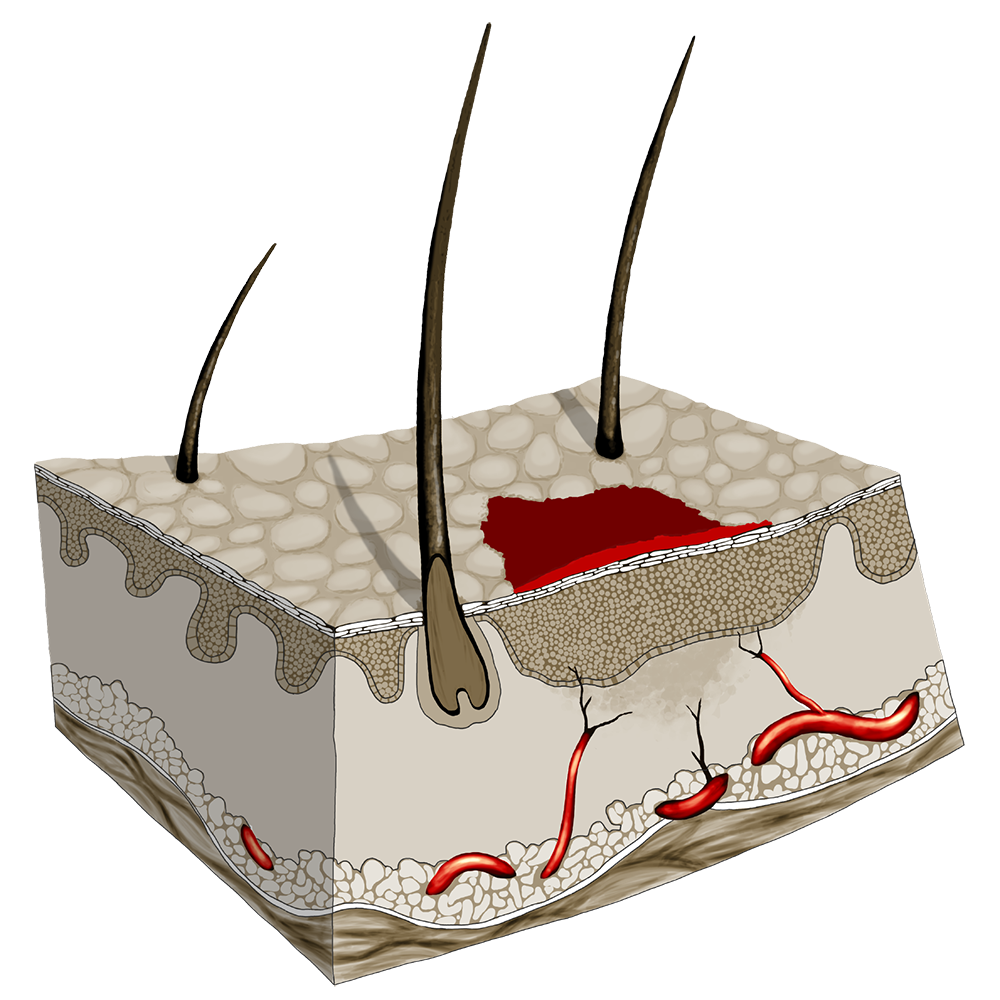



FACTS ABOUT SKIN
… covers two square meters, making it the largest organ in the body
… possesses three million sweat glands, which excrete up to 10 liters of perspiration a day.
… weighs 14 kilograms, accounting for roughly 20% of our body weight
… contains seven kilometers of blood vessels
… renews every four weeks
… is home to ten quadrillion bacteria, most of which live in our armpits.
… loses 600,000 flakes an hour, which accounts for 70% of the dust in our homes
… is thicker and fattier in men than in women, which would have once been important for hunting
… contains the following in a single square centimeter:
- Three million cells
- Four meters of nerve fiber
- 100 sweat glands
- 15 sebaceous glands
- 5 hairs
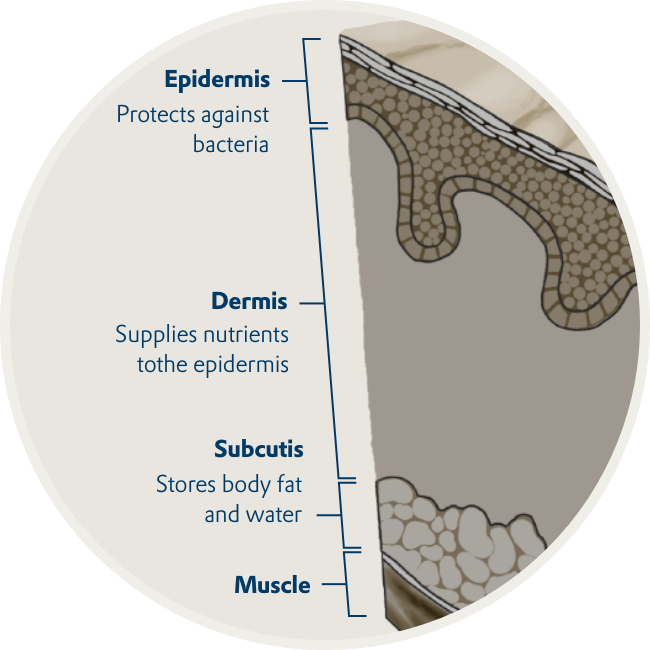
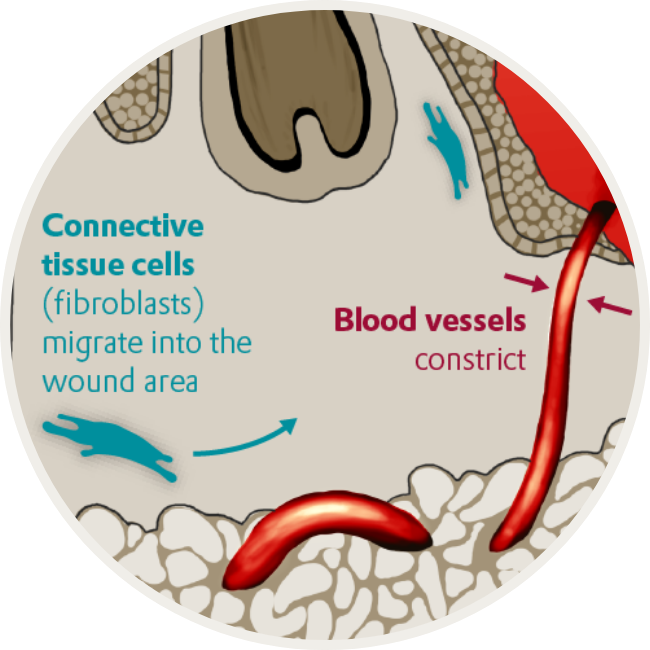
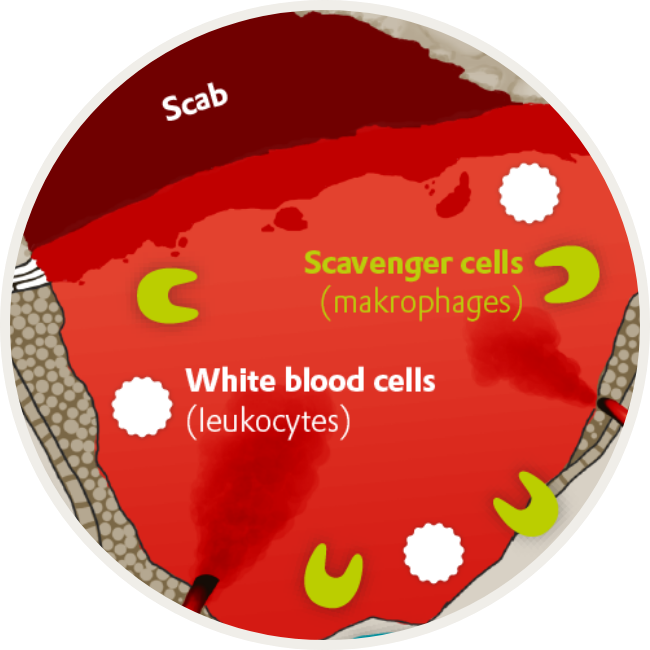
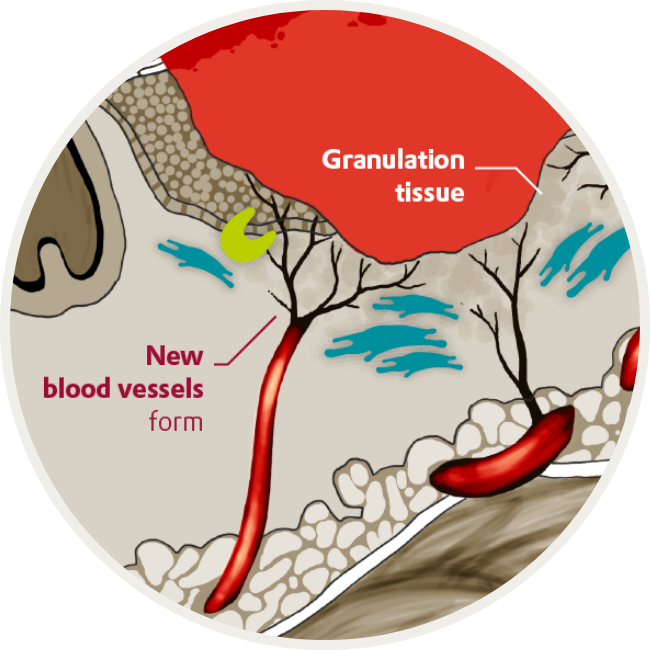
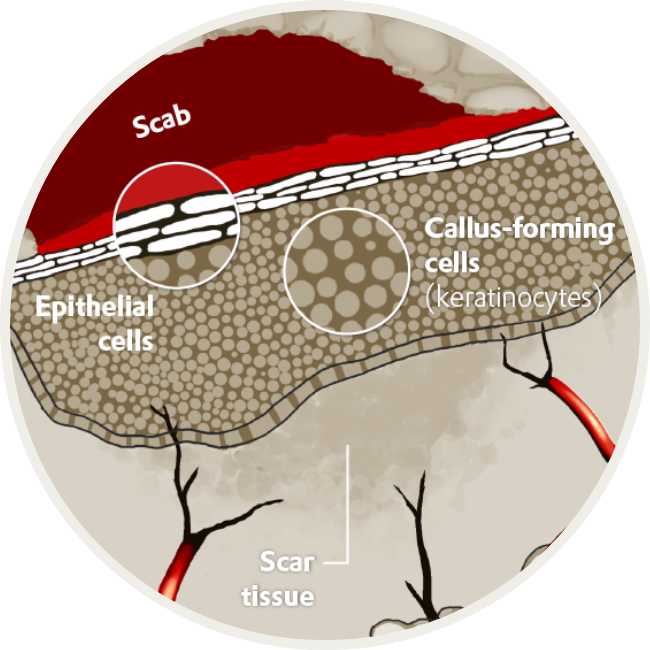

Tissue Engineering
Effective Tissue Repair
At the Tissue Engineering Project House, researchers are working to develop materials for artificial tissue.

Research
Protecting the Skin
Our skin protects us from environmental effects. But what protects our skin? New active ingredients that promote detoxification, for example.

Pharma Polymers
How Medications Enter the Body
The “chemical packaging” and the navigation to specific targets are becoming ever more precise.

Health
Bones: Facts and figures
Bone-dry facts about the components of the human skeleton.
